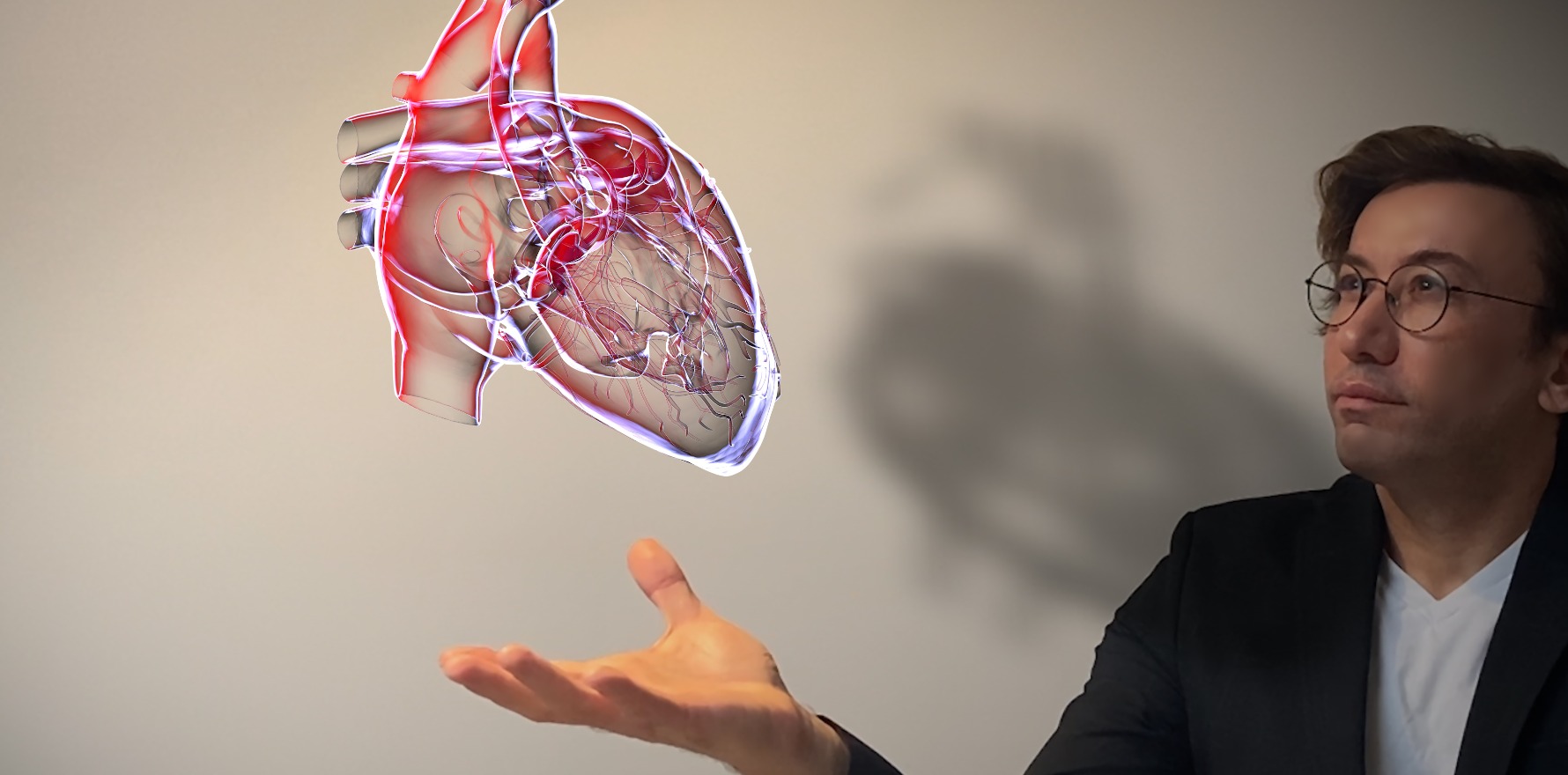Augmented reality is a growing market in Australia, but its promises still ring hollow for some.
Augmented reality (AR) may seem like something out of a sci-fi dystopia, but it is being adopted by healthcare institutions globally.
Globe Newswire reported that AR technologies in the healthcare market will reach a valuation of $4.15billion by 2025. This represents a compound annual growth rate of 30.8%. Among the countries that are using AR most dynamically in healthcare is Australia.
Opportunities of AR in Australia’s medical landscape
One of the advantages of AR is that it can help medical students in their training and education. As a result, AR-based teaching programs are now being used in medical schools across the world.
Instead of accessing information via a traditional computer, AR could enhance the way medical students interact with digital anatomical representations at different angles. This ultimately offers a more immersive experience that aids in the understanding of medical concepts.
The Australian National University similarly wrote that learning options such as AR may help meet the learning outcomes required from students. Its researchers demonstrated that with applications like HoloLens, an AR headgear developed by Microsoft that lets you view holograms and interact with them, students could interact with virtual patients through their tablets.
AR could also be used by practising doctors and surgeons. An article on AR by Daydreaming in Paradise explained that surgeons could leverage the use of AR to create digital models of complicated surgeries like brain and reconstructive surgeries. As a result, healthcare professionals may be able to carefully analyse and plan their surgeries before the operation, which could also result in more efficient procedures. We may therefore see more hospitals and clinics in Australia adapting AR technology in future.
Challenges of using AR in healthcare
Although AR represents a step forward for many providers and institutions, there is still plenty of resistance to adopting this tech. A Forbes feature on AR solutions in healthcare said that some staff may be apprehensive about spending time learning how to use these new technologies. The user interface may also be clunky and confusing for new users, causing more reluctance to use AR at work.
The lack of a strong and reliable internet connection in Australia remains a problem for the adoption of AR in healthcare. For example, the AR surgery application SentiAR could be a useful tool for physicians and surgeons because it provides intraprocedural 3D holographic visualisations of a patient’s anatomy in interventional procedures. However, this software heavily relies on a steady internet connection since it requires no latency issues to be fully functional.
With a 5G connection, this would not be a serious problem. But 5G networks in Australia are still not accessible for everyone in the country. If internet connections become unstable during surgeries, the use of AR could lead to disastrous consequences like medical malpractice, resulting in patient injuries or even deaths.
Like any emerging technology, AR seems to hold the promise of the future for some and is dismissed, or even feared, by others. It may be a growing market, but whether it will significantly alter the way we approach healthcare is still to be seen.


